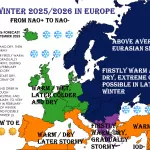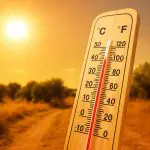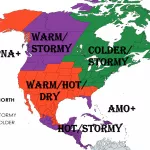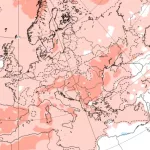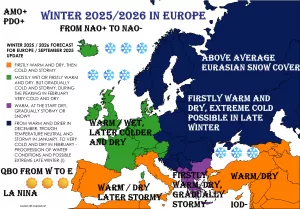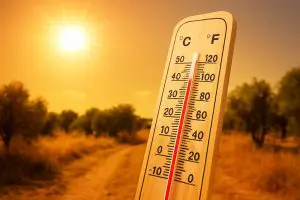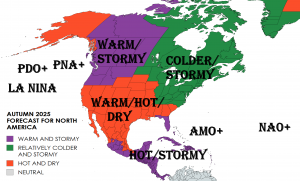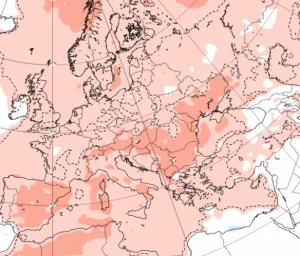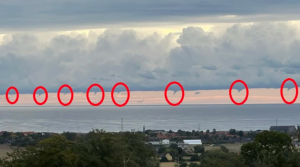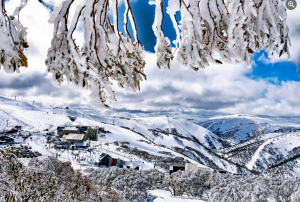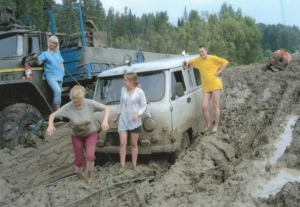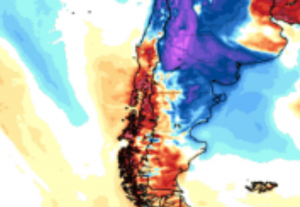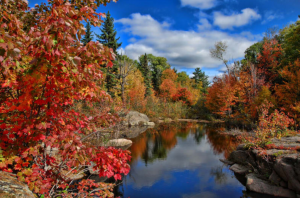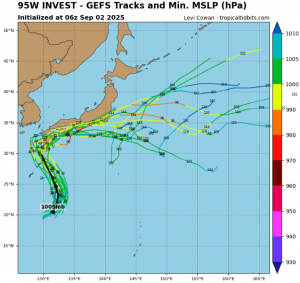Ranstadt, Austria (836 MASL) -19,5°C, Oberstdorf, Germany (810 MASL) -19,2°C
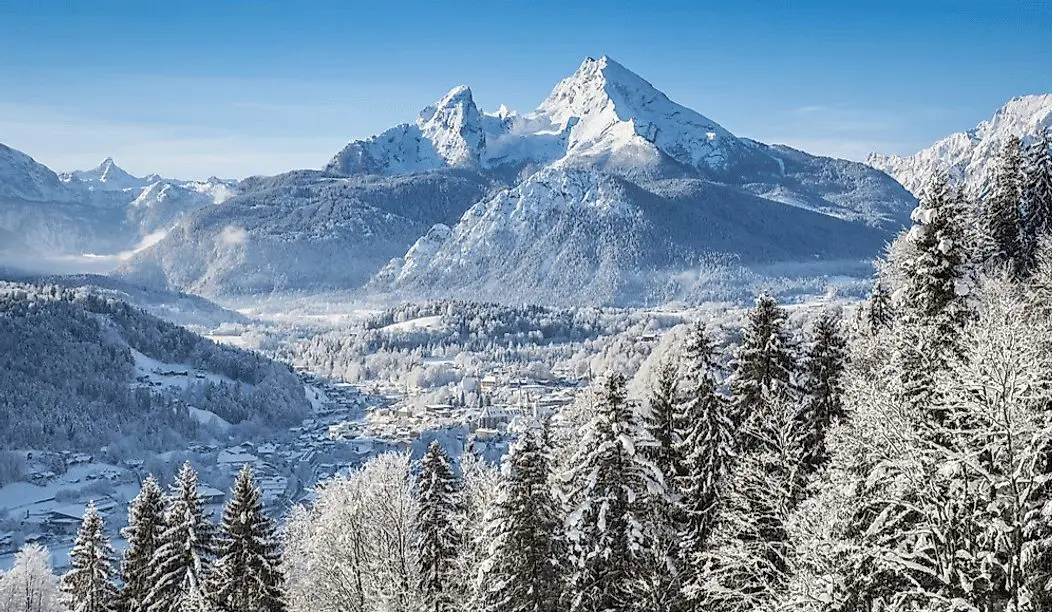
Only in the last article, we were informed about anomalous temperatures up to -33,3°C in the Jura region, Switzerland, around 1200 MASL /https://mkweather.com/amburnex-combe-switzerland-333c-the-strongest-frosts-of-winter-2021-2022-in-continental-europe-so-far//, the coldest times in France since 2012 /https://mkweather.com/avignon-france-with-the-coldest-period-since-the-legendary-winter-2011-2012//, frosts up to almost -25°C in Czechia /https://mkweather.com/czechian-valleys-very-close-to-25c-30c-possibility-on-23-and-34-december-2021//, frosts below -22°C in Slovakia /https://mkweather.com/samelova-luka-slovakia-222c// and frosts up to -21°C in Poland /https://mkweather.com/poland-with-the-first-20c-of-the-winter-stuposiany-21c-suwalki-in-lowlands-163c-forecasts-expect-23c//.
In a series of 9 Mkweather articles, before articles from the world, we will look at extremely cold morning, 22. December 2021 in parts of Europe and many regional temperature records or very low measured minimum temperatures.
In the next articles, we will look at Serbia, Eastern Europe, and the Baltic region with temperatures -15/-20°C, minimum temperature below -22°C in Moscow, and frosts below -10°C in the UK and almost in Benelux, too.
After records from Czechia, Slovakia, and Poland with -21/-24°C and Switzerland with unbelievable -33,2°C, we will shift to Germany and Austria.
Almost -20°C was measured in both countries in densely populated lower situated valleys and basins, while in other Alpine valleys around 1000 MASL, temperatures around -20/-30°C were possible.
In Austria, the coldest morning, 22. December was reported from Randstad, 836 MASL, with the minimum temperature of only -19,5°C.
Anomalous temperatures are coming relatively short time after the strongest blizzard in the country since the winter 2012 /https://mkweather.com/1-meter-of-snow-around-1000-masl-40-cm-in-lowlands-the-worst-blizzard-in-austria-since-the-legendary-winter-2012//, therefore a snow cover is, and in the next morning, will be, a significant factor of declining temperatures, together with very dry air, high pressure and calm winds.
In Oberstdorf, Germany, 810 MASL, only -19,2°C was on 22. December measured, which is the lowest temperature from stations within the International Exchange Site in Germany in Winter 2021/2022.
In Saalbach, 975 MASL, Austria, an Arctic day on 22. December 2021 appeared, with the maximum temperature of only -10,1°C.
In Oberstdorf, the maximum temperature reached only -6,7°C.
In Munich, the temperature is moving in the interval -10,9 / -1,2°C on 22. December.
Hamburg reports only temperatures in interval -6,0°C / -1,8°C on 22. December.
Vienna, Mariabrunn reports minimum -7,8°C and maximum +2,2°C, Salzburg from -7,8°C to +1,0°C, Linz from -7,8°C to +0,3°C.
It´s possible, that the following morning should bring temperatures even deeper below zero, in Austria maybe around -25°C from the main station and maybe even lower from other available sites.
St. Michael I’m Lungau still reports 91 cm snow cover (1094 MASL).
Oberstdorf reports 25 cm, Ranstadt 23 cm.
Very strong frosts appeared on 22. December in France, the UK, or Benelux, too (France in one of the previous articles, the UK and Benelux in the following article).
It´s possible, that temperatures below -20°C, -25°C, or even -30°C will be measured in Germany, Austria, and Switzerland at the start of the year 2022 (materials below) – Mkweather will watch the situation carefully.
While the first 2 decades of December 2021 were in European mid-latitudes relatively milder /https://mkweather.com/esrl-composites-for-europe-for-the-first-4-pentads-of-december-2021-early-winter//, already around Christmas and New Year 2021-2022 is 40% chance, that AO index will fall extremely low, into the interval -5/-7 /https://mkweather.com/12-30-runs-of-gefs-expect-an-extremely-low-ao-index-from-5-to-7-for-christmas-time-and-new-year//.
This destabilization of polar vortex should be associated with extreme blizzards across Europe /https://mkweather.com/gfs-expects-extreme-blizzards-in-europe-regionally-20-70-cm-locally-up-to-1-meter-of-snow-possible// and according to the newest outputs, parts of the eastern half of the continent should until New Year receive 30-70, regionally up to 1 meter of snowfall.
Just for these areas, a current GFS returned abnormally cold weather around 5. January 2022 /https://mkweather.com/frost-inferno-for-poland-ukraine-romania-its-abnormal-30c-40c// /agrees with our long-term outlook /https://mkweather.com/the-long-term-forecast-for-europe-until-30-january-2022/; https://mkweather.com/the-long-term-snow-forecast-for-europe-until-30-january-2022//.
Extremely cold air is shifting eastward and already on 23. – 24. December 2021, frosts below -25°C will be possible e.g. in Czechian frost valleys and in interval -20/-25°C in Germany, Austria, Slovakia, Poland, Baltic region, Ukraine, Romania, or other countries in northern Balkan.
An Arctic Ice Sea Extent was in the last period the 2nd highest in the last 15 years /https://mkweather.com/arctic-sea-ice-extent-is-the-2nd-highest-in-15-years//, moreover, La Nina is ongoing and strong AO- and NAO- are expected, together with wet MJO above SE Asia and negative IOD (additional factors).
An absolute peak of Winter 2021/2022 however, is forecast between 31. December 2021 – 9. January 2022, so far /https://mkweather.com/the-long-term-forecast-for-europe-until-30-january-2022/; https://mkweather.com/the-long-term-snow-forecast-for-europe-until-30-january-2022//.
Classic warnings before a worsening of health problems such as hypothermia, virological situation, heart attacks, such as power outages, uprooted trees ar problems in travel are expected.
Therefore stay safe and warm.

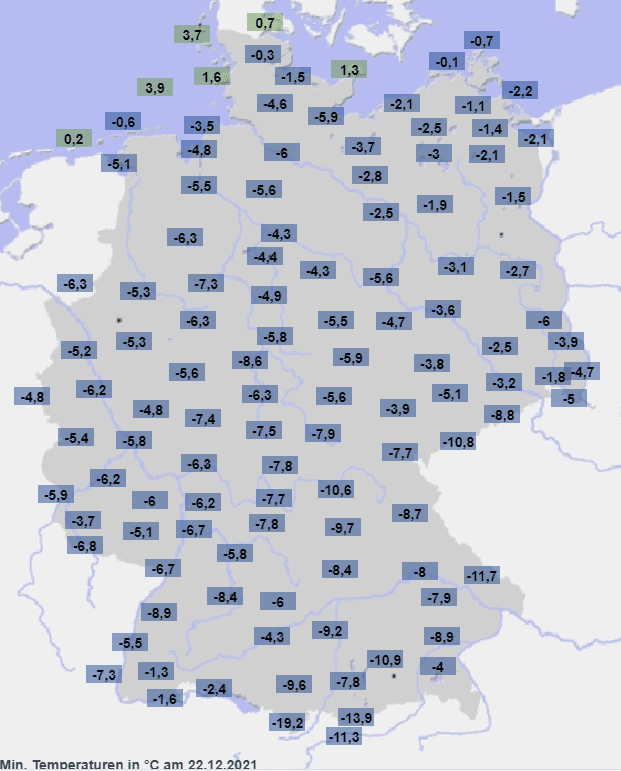
Still some uncertainties but models approaching. An airmass boundary over the northern half of Germany is getting more and more likely. First surge will bring #christmas #snow to far NE Germany. During the christmas holidays parts of central and northern Germany will be affected. pic.twitter.com/jsCaVRfsBX
— Marcus Beyer (@meteomabe) December 21, 2021
Even though Austria is known for cold winters, a white Christmas is not as common as you might think. Here are the odds for a snow-filled festive season in Austria this year. https://t.co/4GtjMqK5sG
— The Local Austria (@TheLocalAustria) December 22, 2021
Alps snow forecast #snow #ski (Ninsori prognozate în Alpi) https://t.co/i3S4CTRyue
— Nicorel Nicorescu (@Nicorel) December 22, 2021
Vale hemos pillado otro camino,
— L4K LadyAnnie | Una española en Alemania (@LadyAnnie96) December 22, 2021
Auf Wiedersehen Oberstdorf ❤ pic.twitter.com/ecoTas3egd

